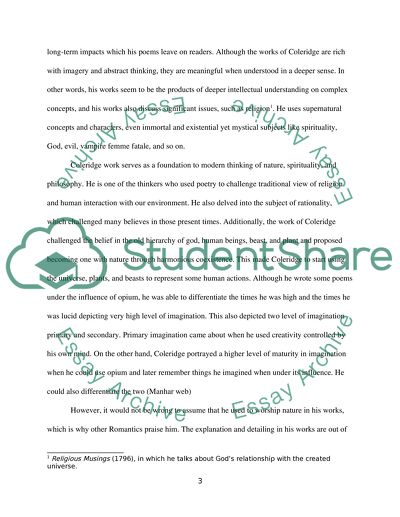Cite this document
(“Sexuality and Violence in Samuel Taylor Coleridges Kubla Khan and Research Paper”, n.d.)
Retrieved from https://studentshare.org/literature/1455266-sexuality-and-violence-in-samuel-taylor-coleridges-kubla-khan-and-christabel
Retrieved from https://studentshare.org/literature/1455266-sexuality-and-violence-in-samuel-taylor-coleridges-kubla-khan-and-christabel
(Sexuality and Violence in Samuel Taylor Coleridges Kubla Khan and Research Paper)
https://studentshare.org/literature/1455266-sexuality-and-violence-in-samuel-taylor-coleridges-kubla-khan-and-christabel.
https://studentshare.org/literature/1455266-sexuality-and-violence-in-samuel-taylor-coleridges-kubla-khan-and-christabel.
“Sexuality and Violence in Samuel Taylor Coleridges Kubla Khan and Research Paper”, n.d. https://studentshare.org/literature/1455266-sexuality-and-violence-in-samuel-taylor-coleridges-kubla-khan-and-christabel.


